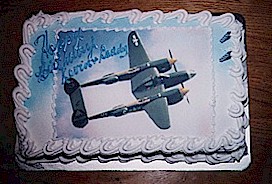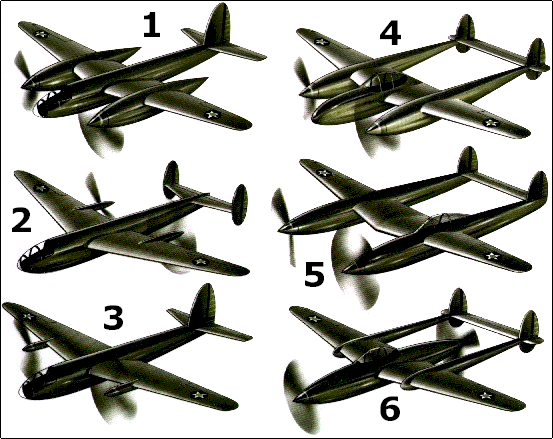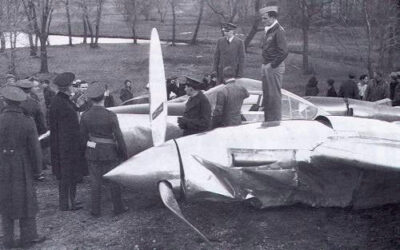Maiden Flight
Around the time of the expedition and all during the restoration, there was tremendous media interest in this story. We’ve included a couple of articles as well as this video of her first public flight.
FROZEN IN GLACIER, WWII P‑38 IS ROARING TO LIFE
By ROGER ALFORD
THE ASSOCIATED PRESS
Monday, September 17, 2001
MIDDLESBORO, Ky. — Glacier Girl has roared back to life, nearly 60 years after being abandoned on a glacier in Greenland and entombed under hundreds of feet of snow and ice.
The P‑38 Lightning, one of the fastest planes in the sky during World War II, was among six fighters and two bombers forced to crash-land during foul weather in Greenland on July 15, 1942.
The crews were rescued, but the planes were left behind and nearly forgotten.
As a boy in Middlesboro, Roy Shoffner had become enamored with the piston-engine, propeller-driven P‑38s and imagined flying one of the planes, which could reach 405 mph at altitudes of up to 35,000 feet.
In the summer of 1992, he recovered one of the P‑38s abandoned in Greenland, and a week ago he reached a milestone: the 1,275-horsepower engines were fired up at the Middlesboro Airport, turning propellers for the first time since 1942.
Even before that, the plane named Glacier Girl for its years in the ice had become a hit in Middlesboro, drawing about 3,500 people a month to the Lost Squadron Museum to watch the restoration.
“People cannot believe we went down into the ice cap, disassembled the airplane, brought it up one piece at a time, and now have put it back together,” Shoffner said. “It’s bringing in thousands of visitors,” said Judy Barton, director of the Bell County Tourism Commission.
“If it ever flies, I don’t believe we’ll ever be able to handle the crowds of people who will come to see.”
Although the United States built 10,113 of the planes, just 24 survive, and only six still are flying. The pilots of the lost planes had to land on the glacier because they were low on fuel and caught in thick clouds. It took rescuers on dog sleds 10 days to reach the 25 crew members; they got everyone back safely.
By the time Shoffner — a 73-year-old restaurateur, former banker and 1950s Air Force fighter pilot — got to the plane, the decades of snowstorms had buried it 268 feet deep. “If you can’t go through it, and you can’t go around it, you just work up another solution to the problem,” he said.
Crews used streams of hot water to melt a 48-inch-wide tunnel down to the plane and open a cavern around it. (Editor’s note: This story has been corrected since original publication to fix the width of the tunnel.)
Disassembling and retrieving the plane took about four months and cost about $638,000, said Bob Cardin, director of the restoration effort. Tooling parts to replace those destroyed by the weight of the ice has pushed the cost to the $3 million range, Shoffner said.
They hope to taxi the plane at an air show at the airport Oct. 6-7, and get Glacier Girl flying again sometime next year.
Shoffner wants to fly it to Europe. “The insurance company would like to have someone who has experience flying a P‑38 to be the pilot,” Shoffner said. “But it’s my airplane, and I’m going to fly it.”
Glacier Girl Takes Flight!
THE ASSOCIATED PRESS
October 26, 2002
MIDDLESBORO, Ky. — With propellers whirling and 1,275-horsepower twin engines humming, pilot Steve Hinton raced the P‑38 Lightning down the runway and lifted it into a gray sky for a 30-minute flight before an estimated 20,000 spectators in this small eastern Kentucky town.
Glacier Girl Links
Some of the links on this page go to outside websites, which may change their content. So, while they are active when we post them, they may be removed at some date by the hosting website





